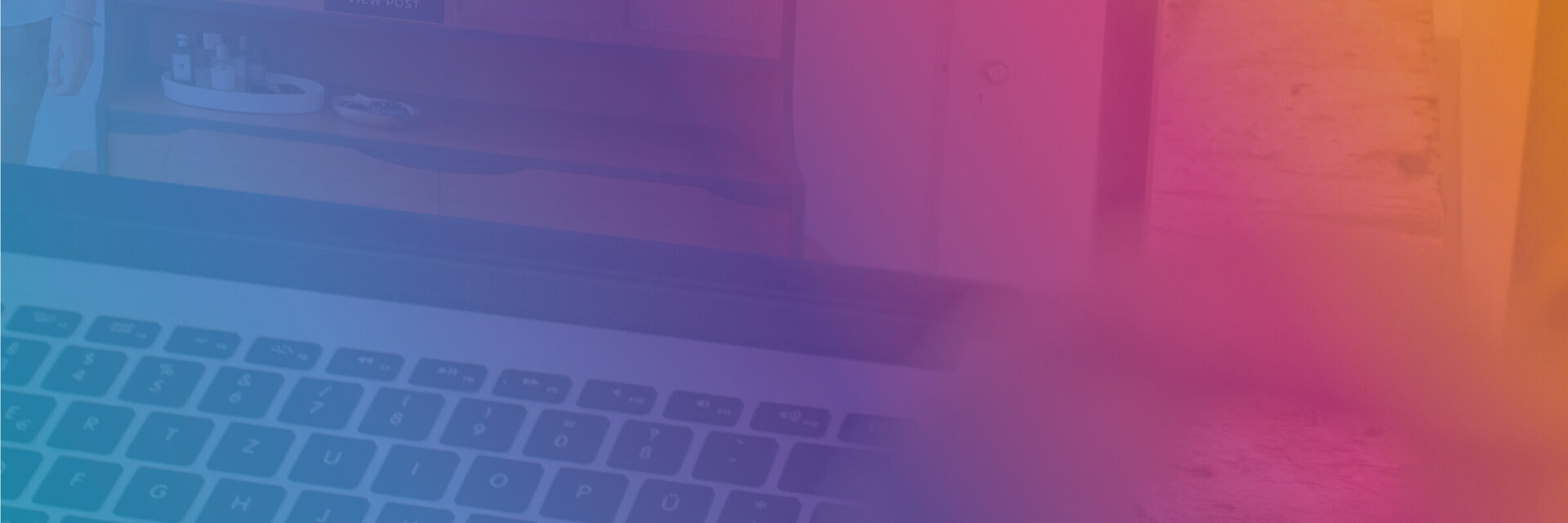Want to build a business that fosters innovation, improvement, and growth? Divergent thinking is a valuable tool that helps us challenge boundaries and remain open to new ideas.
Divergent thinking sparks creativity– it helps us come up with multiple ideas in a rapid, non-linear format. By generating many possible solutions to a problem, divergent thinking allows us to explore many potential avenues of possibility before settling on a final result.
When used in business, divergent thinking is a powerful tool for transformation, innovation, and growth. Divergent thinking enables us to embrace new opportunities for growth and respond nimbly and strategically to changing markets, emerging competition, and industry demands. It helps our businesses remain agile, adaptable and resilient, whatever comes our way.
Embracing divergent thinking as a tool for innovation
Tapping into a divergent approach begins by challenging the way we think.
Often our way of thinking remains closed and narrow-minded. As business owners, when we're confronted with a problem, we're so focused on finding a solution that we don't allow time to play with different approaches and explore many potential ways of tackling the problem. We're so focused on finding a solution that we don't allow time to really play with the problem itself, to really understand it. And when we do find a solution, we'll often settle for that just to get the job done, even though it might not be the right solution to the problem.
But if we were to spend that little more time exploring the problem, broadening our perspective and looking at the issue from many different angles, we could find an even better solution. The kind of solution that solves the right problem, that revolutionises our business, that radically improves our customers' lives and even changes an entire industry.
Tapping into ground-breaking innovations involves a more open, free and creative way of thinking. A way of thinking that challenges boundaries, defers judgement, encourages risk, and embraces curiosity. A mindset that focuses less on coming up with one quick solution, and more on finding the right solution.
“I have not failed. I've just found 10,000 ways that won't work. –Thomas A. Edison"
Fail fast, fail often is the guiding mantra of divergent thinking.
Divergent thinking reprograms our response to failure and reframes it as one step closer to finding the right solution. Making as many mistakes as possible, as quickly as possible, is the path towards finding the right solution.
Six thinking hats
No one understands this need to challenge conventional ways of thinking better than Charles de Bono, the inventor of lateral thinking.
In his book 'Six Thinking Hats', de Bono identifies six different directions in which our brains can be challenged or six unique ways of looking at a problem. The six thinking hats technique allows you and your team to fuel innovation by challenging your default ways of thinking and putting on different thinking 'hats' that explore a problem from many different angles:
- The factual hat
When we wear the factual hat, we're concerned with the facts, figures, data, and objective knowledge surrounding the problem. This involves gathering all the information and insights we need to solve the problem.
- The positive hat
The positive hat involves looking at the problem in the most optimistic light possible, focusing only on the positives and how they can be maximised.
- The intuitive hat
This hat focuses on feelings, hunches, and instincts, involving the type of thinking where we 'trust our gut'. In intuitive thinking mode, we base our ideas on feelings and emotions only, without having to justify them logically.
- The creative hat
The creative hat involves coming up with as many ideas as possible surrounding the problem. In this creative mode, we are tapping into expansive thinking, remaining curious and asking questions, focusing on quantity over quality and leaving no stone unturned.
- The negative hat
To balance out the positive hat, we need a negative hat to help us view problems from every possible angle. The negative hat focuses on highlighting all possible risks, flaws, and potential negative outcomes surrounding the problem.
- The process hat
The process hat involves stepping into organisation mode. We can use this way of thinking at the start and the end of the session to control the other ways of thinking, helping us jump back to any of the other 'hats' as and when we need to.
By using the six thinking hats technique, we can view a problem from multiple perspectives, allowing us to come up with innovative solutions and ideas that we wouldn't have considered before. More ways of thinking means more ideas and the increased potential of stumbling across a game-changing solution to a problem.
Subject mapping
Inspired by the works of da Vinci and Einstein, Tony Buzan created a new approach to capturing ideas by mapping them around a central theme.
Subject mapping, or mind mapping helps us visually organise ideas in a quick and accessible way, aiding brainstorming, problem-solving, and creative thinking.
As a divergent thinking technique, subject mapping starts with a central topic, problem, or idea, and then includes branches off this central problem with strategies that could solve it. By rapidly spanning out from the central problem, subject mapping facilitates innovation and expansive thinking, allowing us to quickly prototype multiple solutions to a problem.
SCAMPER model
“There’s a way to do it better – find it.” –Thomas A. Edison
At its core, innovation isn't about creating something entirely new– it's about improving existing processes and ideas and making them better than ever before.
We can do this through SCAMPER, a combination of seven different thinking techniques that directly foster innovation, problem-solving, and continuous improvement.
SCAMPER is an acronym that stands for:
- Substitute
- Combine
- Adapt
- Modify, minify, or maximise
- Put to another use
- Eliminate
- Reverse
Much like de Bono's six thinking hats, the SCAMPER technique outlines seven different thinking techniques to spark innovation and creative thinking. Use it with your team to understand how you can innovate and improve existing products, services, problems, or ideas by answering the following questions:
- Substitute
What can you replace to make an improvement? Can you change the rules? Can you replace the process with a simpler one?
- Combine
What can you combine with something else? Can you mix two or more ideas or processes together? Can you combine multiple technologies?
- Adapt
How could you adjust your product/service? What could you change or add to get better results? How can you improve existing systems or processes?
- Modify, minify, or magnify
Could you enlarge or reduce an element, process, or idea? How can you modify your product/service to create a better output?
- Put to another use
Could you put your product, service, or idea to a different use? How could your systems, processes, or ideas be applied to a different setting or industry?
- Eliminate
What can be removed or simplified? Can you remove an element or process to create better results? Can you eliminate any unnecessary processes or tasks?
- Reverse
Could you rearrange your processes to create a better output? What would happen if you turned any methods or steps on their head, or reversed their order?
Use the SCAMPER model to quickly generate and identify multiple avenues for innovation and improvement through a series of techniques that push boundaries, challenge the status quo, and turn existing ideas on their head.
Fostering a culture of innovation
As business leaders, we are responsible for facilitating divergent thinking. We need to build open, collaborative environments where innovation and creativity can thrive.
If we want to truly harness divergent thinking, we need to actively foster a culture of creativity and innovation within our organisations. We need to involve every member of our team and make them feel heard to maximise all possible ideas.
To cultivate creativity and innovation, we need to regularly make the time and space for divergent thinking, embed it into our work practices, and encourage our teams to remain radically open to new techniques, approaches, and ideas.


